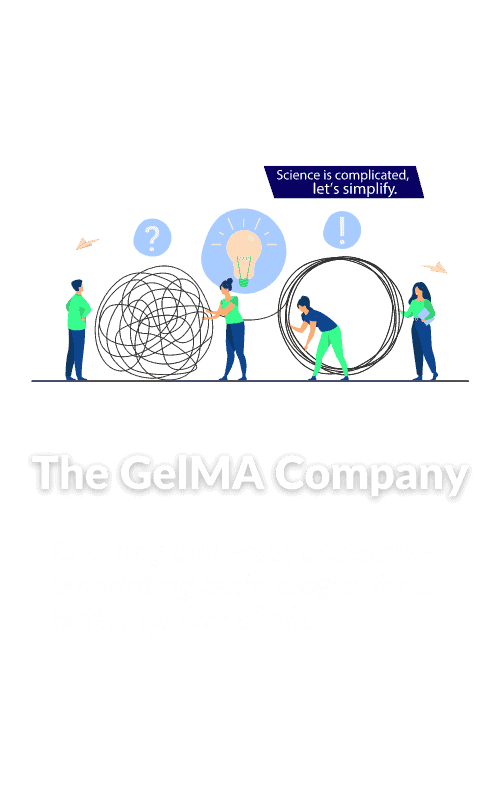



Okagel is the most Consistent Pure Customizable Sterile Accessible GelMA you'll ever use!
Why GelMA as a Biomaterial?
There's a good reason Gelatin methacryoyl (GelMA) is one of the most popular choices for bioprinting research. Its versatility across numerous applications make it a master-of-all-trades biomaterial that exceeds research expectations. OkaSciences creates sophisticated GelMA materials designed for innovators, scientists, and researchers alike. Our GelMA arrives synthesized and ready-to-print, just add your desired photoinitiator. We guarantee purity in every batch. There's no question that we provide the highest quality GelMA in the industry.
Features
- Our GelMA is 100% sterile, 100% of the time.
- We guarantee the highest purity in each batch.
- Each order is guaranteed to be consistent with the last.
- Our GelMA arrives ready-to-print, just add a photoinitiator.
- We're an ethical, fair-trade company.
- Our GelMA has customizable mechanical properties.
- Our GelMA is compatible with a variety of UV and visible light receptive photoinitiators.




